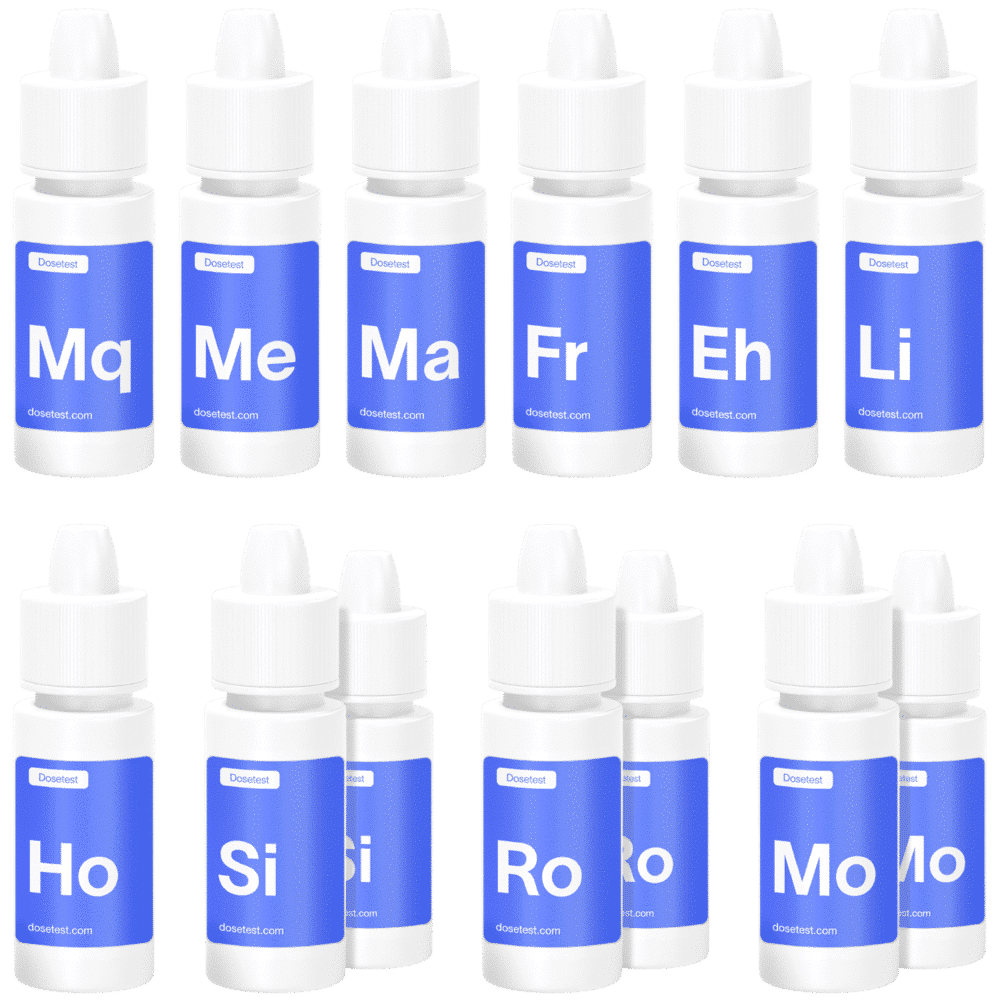4-FEA, A New Psychoactive Substance: What it is and how to test for it
Given the long come-up time of over 2-3 hours in some cases, this could quickly become a problematic substance if it was to enter the broader supply – if it was to be sold as MDMA, for example, a user might thoughtlessly redose once or even twice before it hits and end up in hospital at best. Among people who know what to expect, however, 4-FEA doesn’t seem to present much acute risk.
The high and relatively wide dose window is pretty forgiving and it doesn’t have nearly the redose impulse you’ll find among the pyrovalerones (a-PVP and so on) that dominate most of our posts.
We can’t comment on long-term effects, of course, beyond pointing out that fluoridated amphetamines, in general, have been associated with neural issues ranging from sharp pains called “brain zaps” to sudden fatal haemorrhages.


